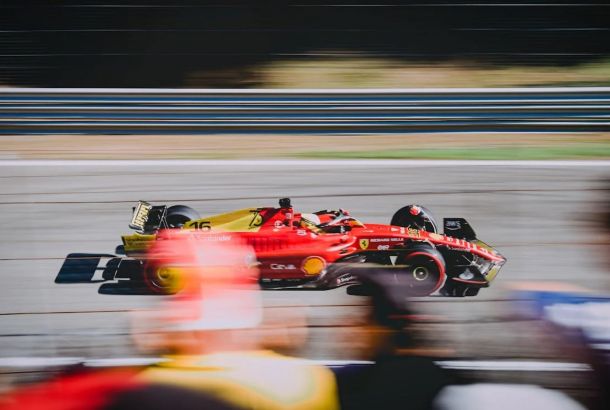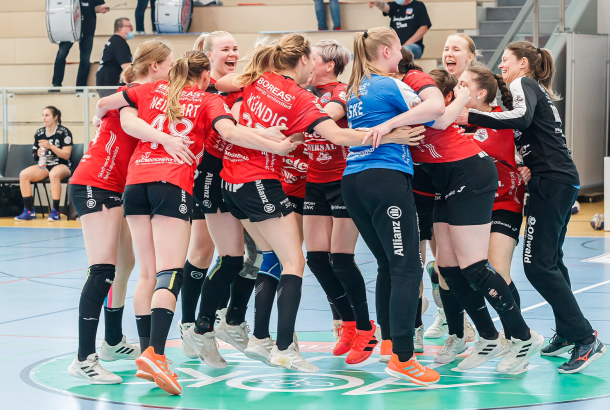A 146 break, £10,000 lost and a gallon of Rocket Fuel
By Adam Selby
History tells us that this year marks 140 years since a young officer serving in the British Army began to experiment on a billiard table and soon came up with the game known globally as Snooker. Named after the rookie cadets from the Royal Military Academy at Woolwich who were known as ‘snookers’, the British army based in Jabalpur, India, were said to have invented the game after a young lieutenant experimented with an increased number of red balls and a variety of other colours. Lo and behold, the sport was born. Yet it took until 1969 for the sport to really break into the limelight, despite the prestigious World Snooker Championship being held since 1927.
The television recording of the Pot Black Tournament held at the BBC Studios, later joined by coverage of the showpiece World Championship Finals, allowed the broadcaster to exploit the new technology of colour television by broadcasting in colour. Whilst these televised tournaments helped the sport grow enormously in the public eye, its leading characters also played a big part in both popularising and transforming a sport which lacked significant popularity during the 1950s. But whilst World Championship winners Ray Reardon and Joe Spencer made headlines on the table with dazzling title-winning displays, it was Alex ‘Hurricane’ Higgins who, with hindsight, still stands out as the main attraction. His mixture of bravado, charisma and eccentricity on and off the baize propelled Snooker to even dizzier heights, none greater so than the 1985 World Championship Final which watched in the UK by a record-breaking 18.5 million television viewers.
Given the sport’s extensive, rich history along with such staggering viewing figures, why does Snooker fail to make headlines in 2016? Clearly the dominance from the likes of Stephen Hendry and John Higgins dispel any suggestion that this is due a drop in a quality, which simply isn’t true. Meanwhile the growth of the sport overseas and the emergence of several exciting and enthusiastic hot prospects would further reflect the high quality running throughout the sport from all ages. If anything, as a sporting spectacle Snooker has arguably never been as competitive as it is at present.
Admittedly, I can be quite a slow writer at the best of times, but in the time it has taken me to plan and write this article so far, former World Champion Ronnie O’Sullivan had last week made three century breaks and sealed a resounding 4-0 frame victory over Jamie Robertson in the third round of the Welsh Open ranking event in a mere 37 minutes. To put this into perspective of just how incredible both the individual result and the time that the full match took are, the longest single professional frame lasted 100 minutes and 24 seconds between Alan McManus and Barry Pinches in the Ruhr Open, October 2015. In my eyes, a performance of such unquestionable skill and speed is always worthy of making the back-page headlines on any given day but it was Ronnie’s actions during his first round match against Barry Pinches which has once again sent everybody snooker loopy.
When ‘The Rocket’ takes to the table, simply nobody knows what to expect. Combining the eccentricity and unpredictably of Alex Higgins with the authority and the snooker prowess of every world title winner past and present, his first round Welsh Open tie certainly did not disappoint. For the spectators inside the Motorpoint Arena in Cardiff, watching O’Sullivan rocket through the first ten reds and ten blacks will inevitably have had everybody thinking the same thing; 147, and a 147 which takes his total career maximum breaks to 14. But as the crowd hoped for one thing, O’Sullivan had other ideas and it certainly was not rocket science to what was going to happen after asking both the commentators and the match referee what the reward was for achieving such a significant and special score-line.
For those unaware just how rare a 147 break is in Snooker, it is perhaps worth noting that it is only obtained through potting the maximum number of points on the table: 15 reds, 15 blacks and all the colours without missing a single shot and eventually totalling 147 points. Historically a maximum break has been a great rarity in the sport with only 8 maximums achieved in the 1980s and 26 attained in the 1990s. Yet the increase in competition on offer combined with the widespread talent across the sport has saw the number of maximum breaks increase dramatically in the past two decades; 35 in the 2000s and so far in the 2010s, a total of 47 maximums have been achieved. Additionally, in ranking events throughout the snooker calendar, prize money is always awarded should a player make a 147 break.
Therefore as Ronnie O’Sullivan (the current record holder for the fastest ever competitive maximum break in a time of 5 minutes and 20 seconds during the 1997 World Championship) marched towards a comfortable frame win with a 147 in sight, upon hearing the news that a combined £12,000 was on offer as a prize for both achieving a maximum and recording the highest break, it was his consequent actions that have caused controversy and outrage in a sport known traditionally as a “gentleman’s game.” Instead of continuing in the same vein whilst on track for his first competitive maximum break since 2014, O’Sullivan opted for an easier pink, making only a 146 break to the surprise and bewilderment of everybody inside the arena.
In the aftermath of Ronnie’s decision to turn down the opportunity of a 147 because the prize money in his words was “too cheap,” World Snooker chairman Barry Hearn branded O’Sullivan’s actions “unacceptable and disrespectful.” Yet although for many people—including myself, to a degree—the thought of turning down £10,000 so spontaneously mirrors Hearn’s thoughts entirely; but the media and sports fans alike cannot deny is that it was entertaining. Arguably, without such maverick behaviour, it is highly unlikely that an event such as the Welsh Open would be trending on Twitter or even featuring in newspapers or television reports as prominently as it has done recently. For a player of Ronnie O’Sullivan’s calibre, who has in the past earned £147,000 for his 147 in the 1997 World Championship, not only do his actions generate interest and viewing figures in the sport but in the process also replenishes Snooker with the eccentricity, unpredictability and bizarre behaviour on the baize of yesteryear.
In his own words, “it’s like going into a Mercedes garage and when they say that you can have the car for £3,000, you reply, ‘No way, that’s too cheap. I’m not buying it for that.'” In my eyes, it was a priceless piece of snooker history which along with his many memorable moments will be remembered for years to come. If Barry Hearn argues that snooker players have a duty to fans to deliver the best standard of snooker and entertainment possible, then let us just be thankful for somebody as unconventional and unbeatable as Ronnie O’Sullivan in the modern game.







